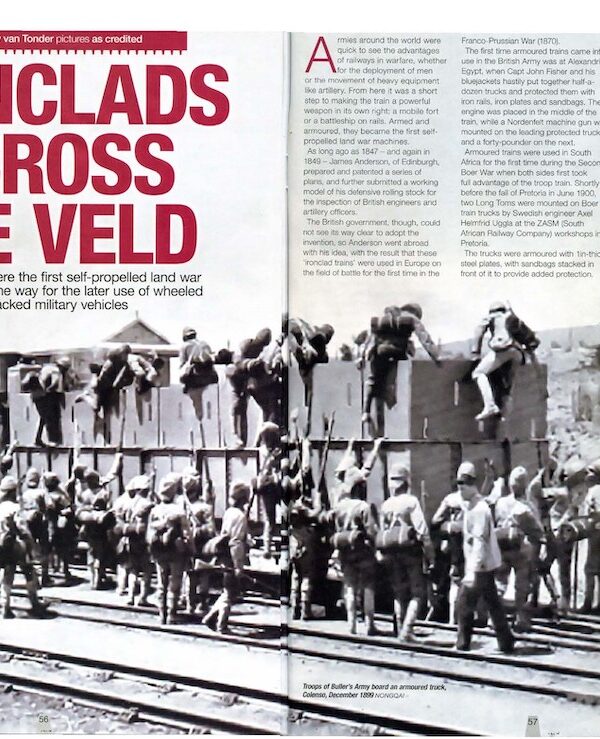A War Life Saver
In their armed fight to overthrow the minority white Rhodesian government, late in 1972 Soviet- and Communist Chinese-sponsored insurgents added landmines to their hitherto very limited weaponry. Most rural roads throughout the country were unpaved; perfect for this indiscriminate type of warfare.












